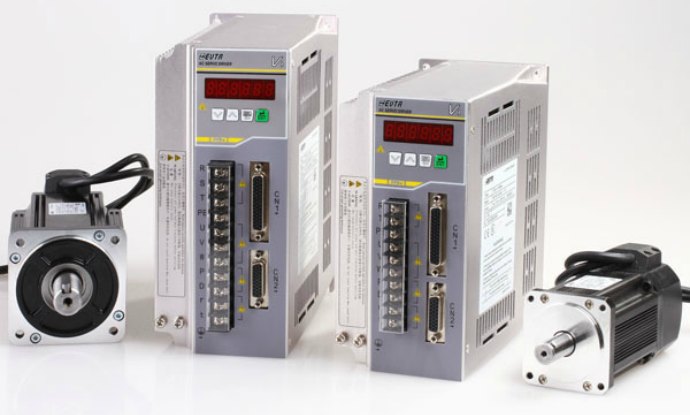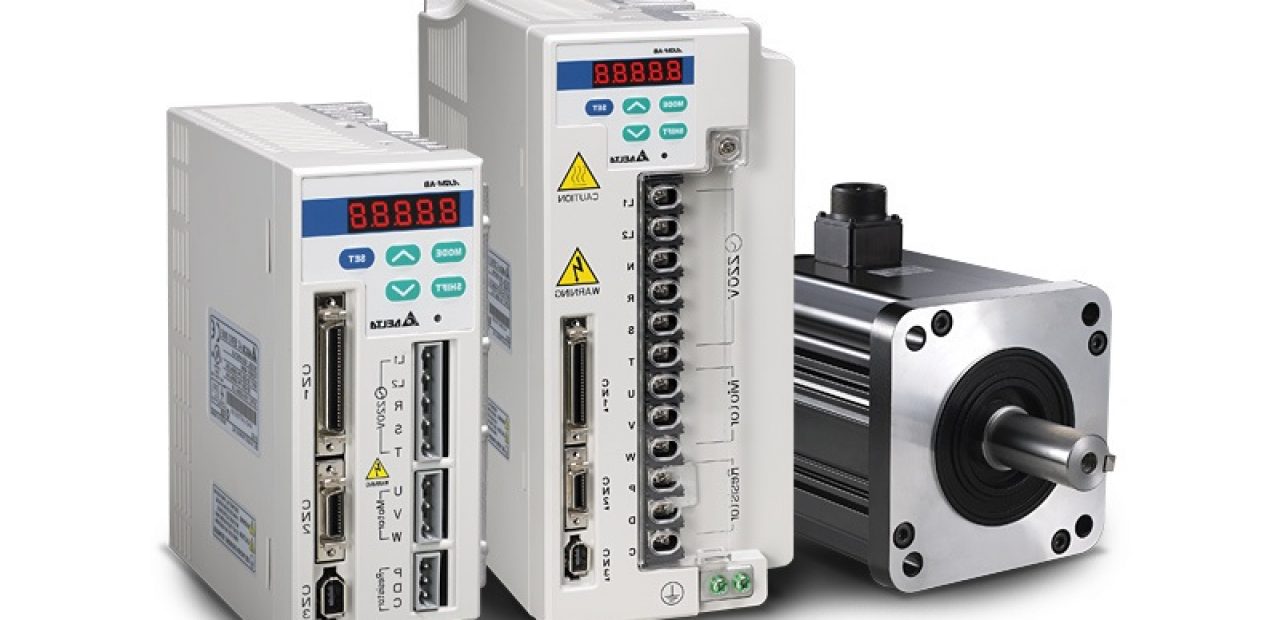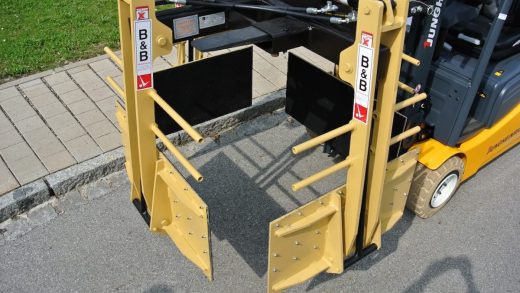Servo Drive: Application and Types
A servo drive is a piece of equipment designed to power and operate in conjunction an electric motor. It uses AC or DC to provide feedback and correct errors when regulating the motions of the motor via user settings. This is a very essential device that provides a very high level of mechanical reliability because the drive system and the motor operate in a synchronized manner. Servo drives have a wide range of usages in modern technology – they are used in the marine, automotive, aircraft industry and robotics. Depending on the application of the servo drive, they are divided and categorized by servo drive Australia experts in four basic categories based on weight, size and durability.
- Micro – The micro servo is inexpensive and relatively small in size. It’s perfect for smaller hobby crafts and toys. It has the advantage of being lightweight and it comes at a low cost – the perfect features for these applications.
- Standard – Standard servos are typically found in larger hobby planes, remote control vehicles and smaller robots.
- Heavy – These can be typically found in small to medium robots, as well as when durability is needed. Due to the requirement of durability, servo drive Australia manufacturers have started producing stronger housings, stronger axles and metal gears. They are broadly used for automobiles, military and law enforcement applications as well as for light aircraft.
- Robotics – Servo drives used in this sector are of the highest size, most durable and heavyweight. They can be applied into large robots, cruise ships, space ships, large aircraft, etc. They are made from titanium, are usually watertight and are much more durable and expensive.
Depending on the way servo drives work, they are divided into 2 sub categories – digital and analog.

Analog Servo Drives
Analog servo drives are very simplistic while performing with decent accuracy and speed. The drive setup and operation method is much more simple than that of the digital servo drive. However, their cost is lower and it doesn’t produce noise unless commanded to do so. Even though digital servo drives are more accurate and faster, newest analog servo drives come pretty close to them.
Digital Servo Drives
These provide a wide range of options for servo system solutions. Their torque speed is very fast, they produce extremely accurate results, have a lot of drawback power and operate very quickly. However, they are very noisy and more expensive than their analog counterpart.
All in all, a properly configured servo drive will enable the servo motor to run at speeds specified by the original commands sent out by the servo drive, improving their power, giving them more speed and adjusting any deviations from unexpected behavior.

















